In This Article Show
With over 13 years of nurturing plants and witnessing their incredible benefits first-hand, I’ve learned a thing or two about the silent, leafy heroes that not only embellish our homes but also play a crucial role in purifying the air we breathe.
Indoor air quality is a topic that’s gaining more attention than ever before. Thanks to studies, like the famous NASA Clean Air Study, we now understand the importance of indoor plants in removing toxins from our surroundings. But it’s not just about cleaner air; these plants also have a profound effect on our well-being, reducing stress, and enhancing our living spaces with their vibrant colors and textures.
In this post, we’ll explore 25 houseplants known for their air-purifying abilities. These aren’t just any plants; they are selected based on their effectiveness in filtering out common household toxins and improving indoor air quality.
The Top 25 Air-Purifying Houseplants
So, let’s embark on this green journey together and transform our indoor environments into healthier, more inviting spaces.
1. Spider Plant (Chlorophytum comosum)
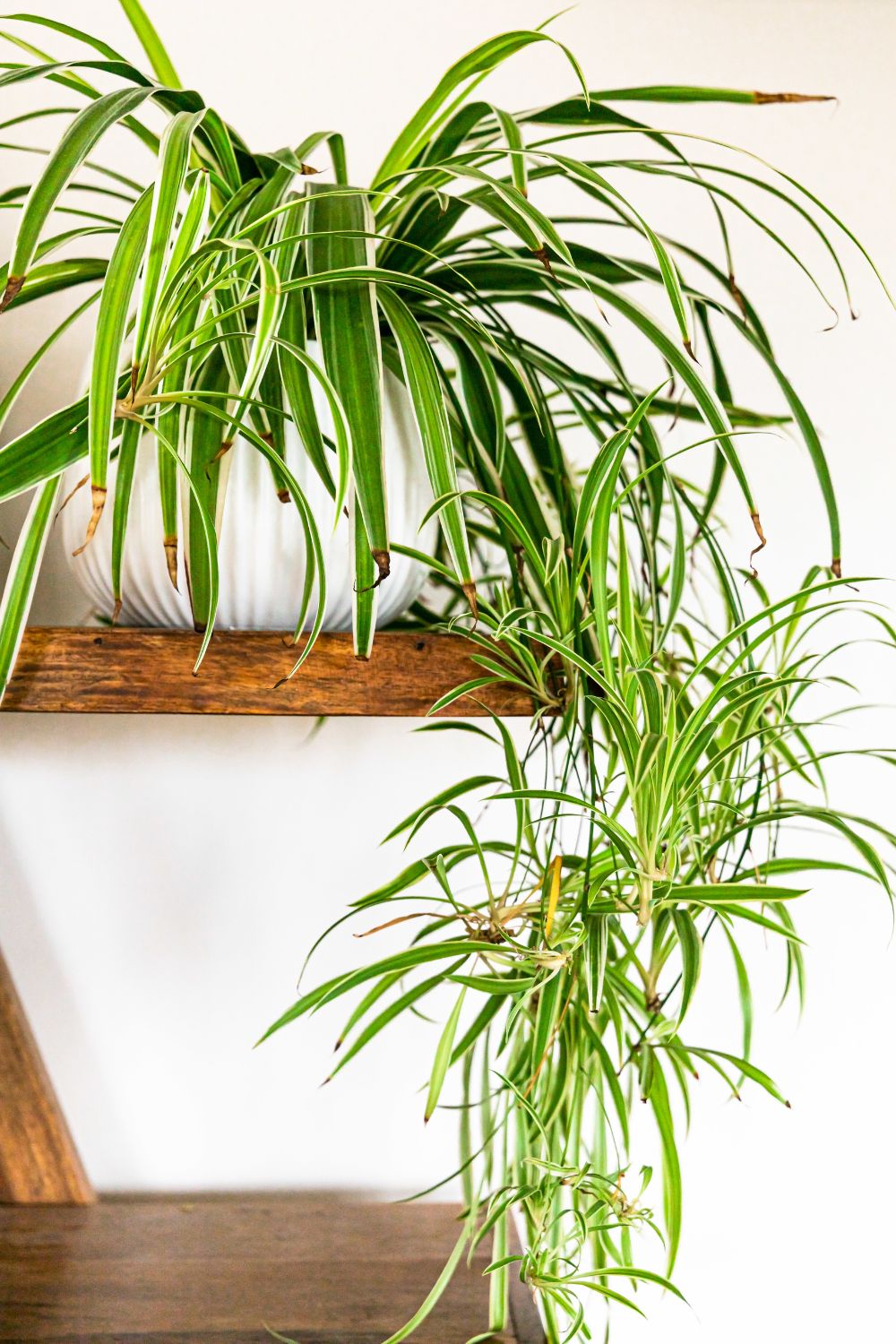
Spider plants are incredibly easy to care for, thriving in bright, indirect sunlight and requiring water only when the soil is dry. They’re known for their resilience and can adapt to various indoor conditions. This plant is a powerhouse for removing toxins such as formaldehyde and xylene from the air, making it a popular choice for a healthier home environment.
2. Snake Plant (Sansevieria trifasciata)
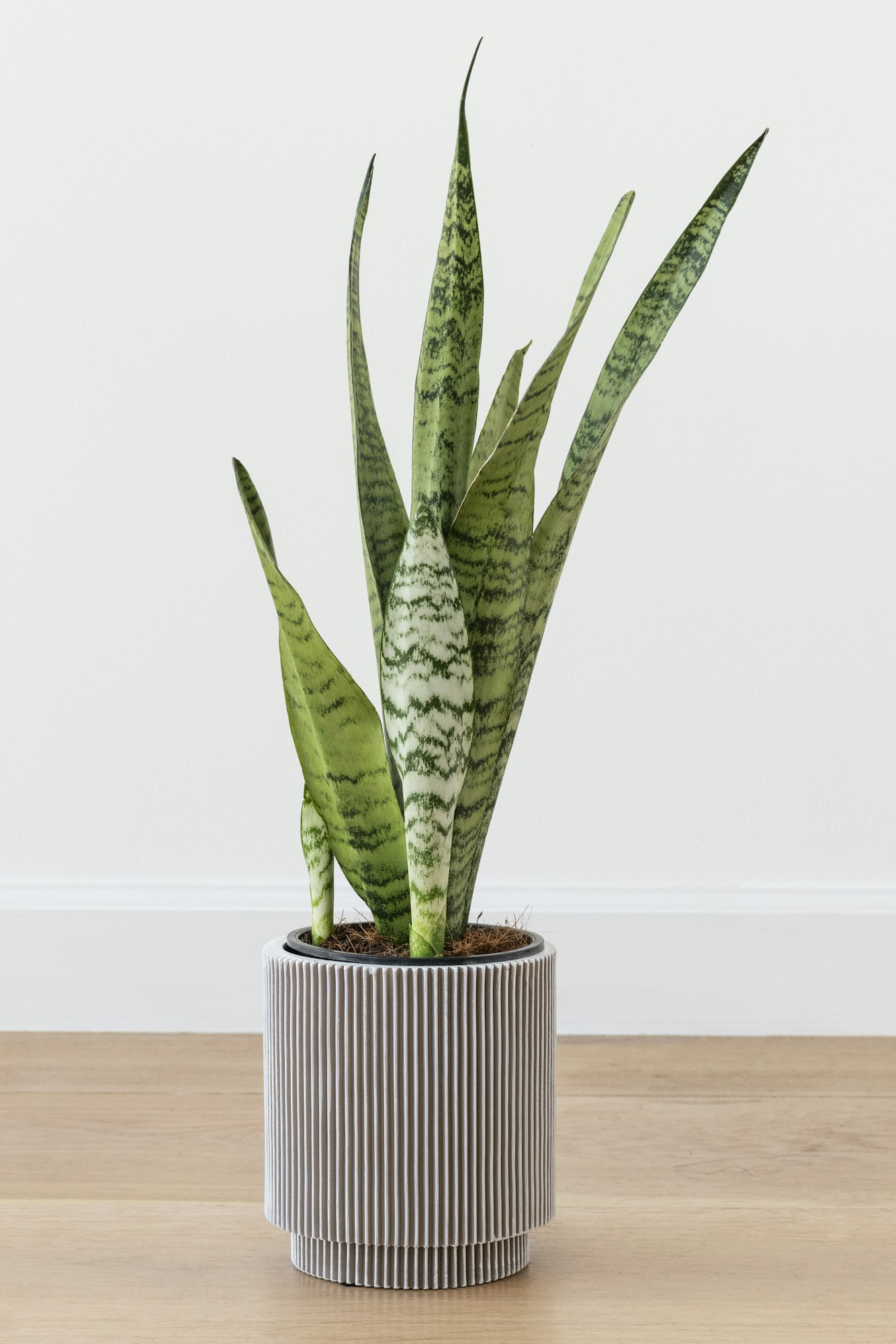
Snake plants are among the most low-maintenance plants. They prefer indirect light but can tolerate low light conditions and drought, making them perfect for beginners. It filters out formaldehyde, xylene, toluene, and nitrogen oxides. Plus, it releases oxygen at night, contributing to improved air quality and better sleep.
Get Gardening For Beginners
Our new EBOOK shows newcomers and green thumbs alike a step by step guide to growing the garden of their dreams.
3. Peace Lily (Spathiphyllum)
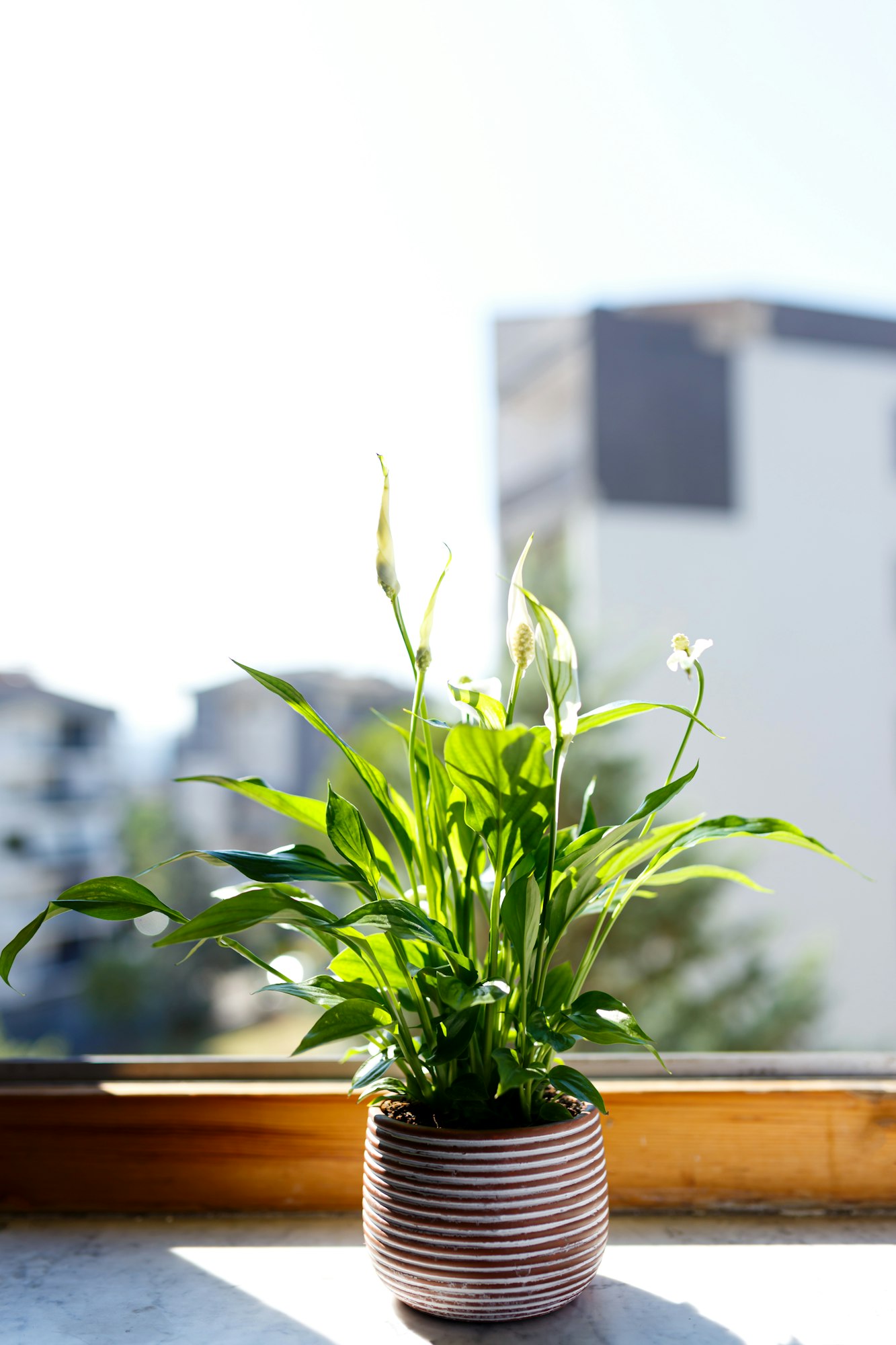
Peace lilies prefer shady areas and need to be kept in moist soil without overwatering. They’re known for their beautiful white blooms and lush foliage. This plant can remove ammonia, benzene, formaldehyde, and trichloroethylene from the air.
4. Aloe Vera (Aloe barbadensis miller)
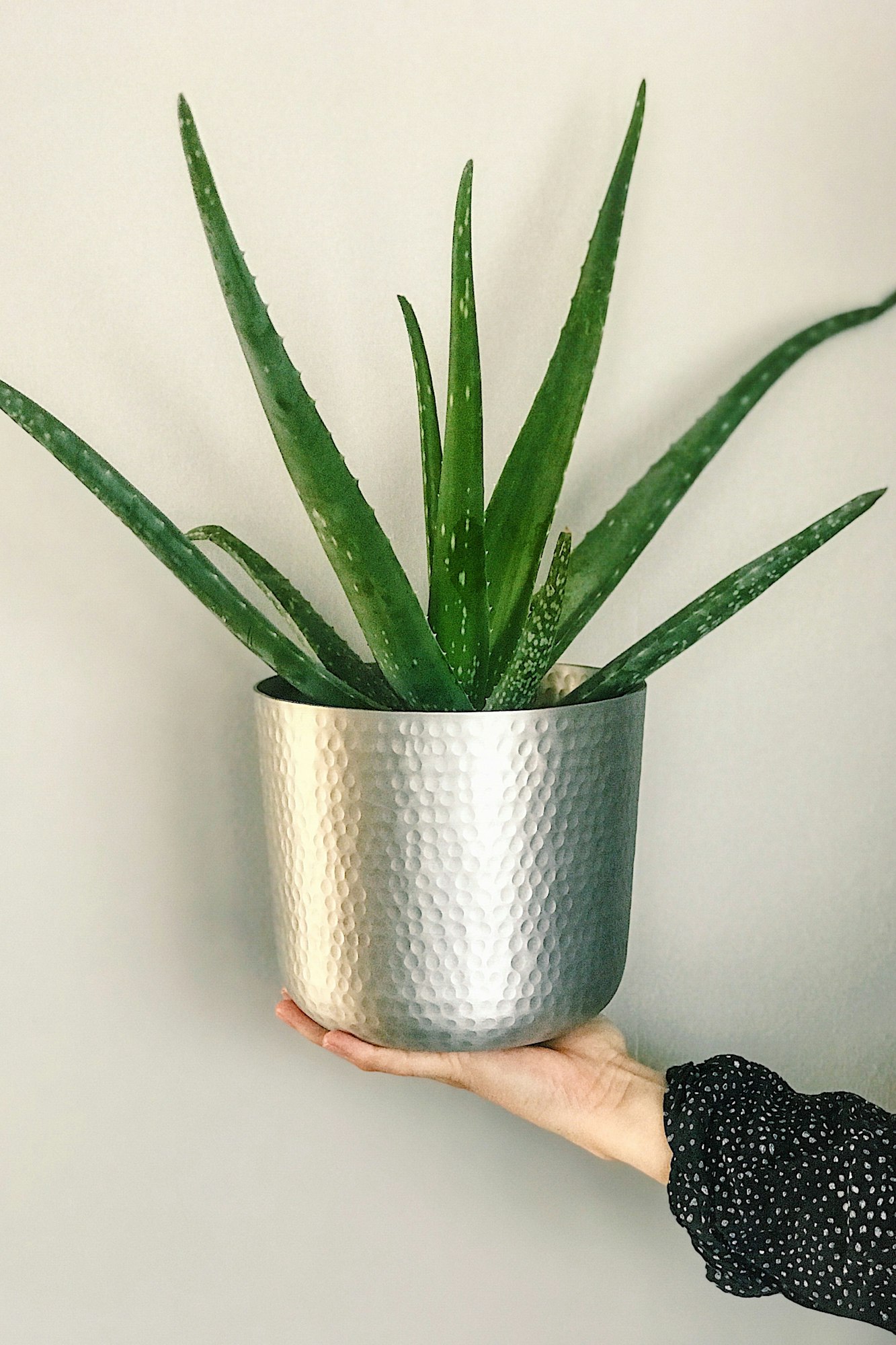
Aloe vera plants need bright, indirect sunlight and well-drained soil. Water them deeply but infrequently. Besides its healing properties, aloe vera helps clear formaldehyde and benzene, which can be a byproduct of chemical-based cleaners and paints.
5. Boston Fern (Nephrolepis exaltata)
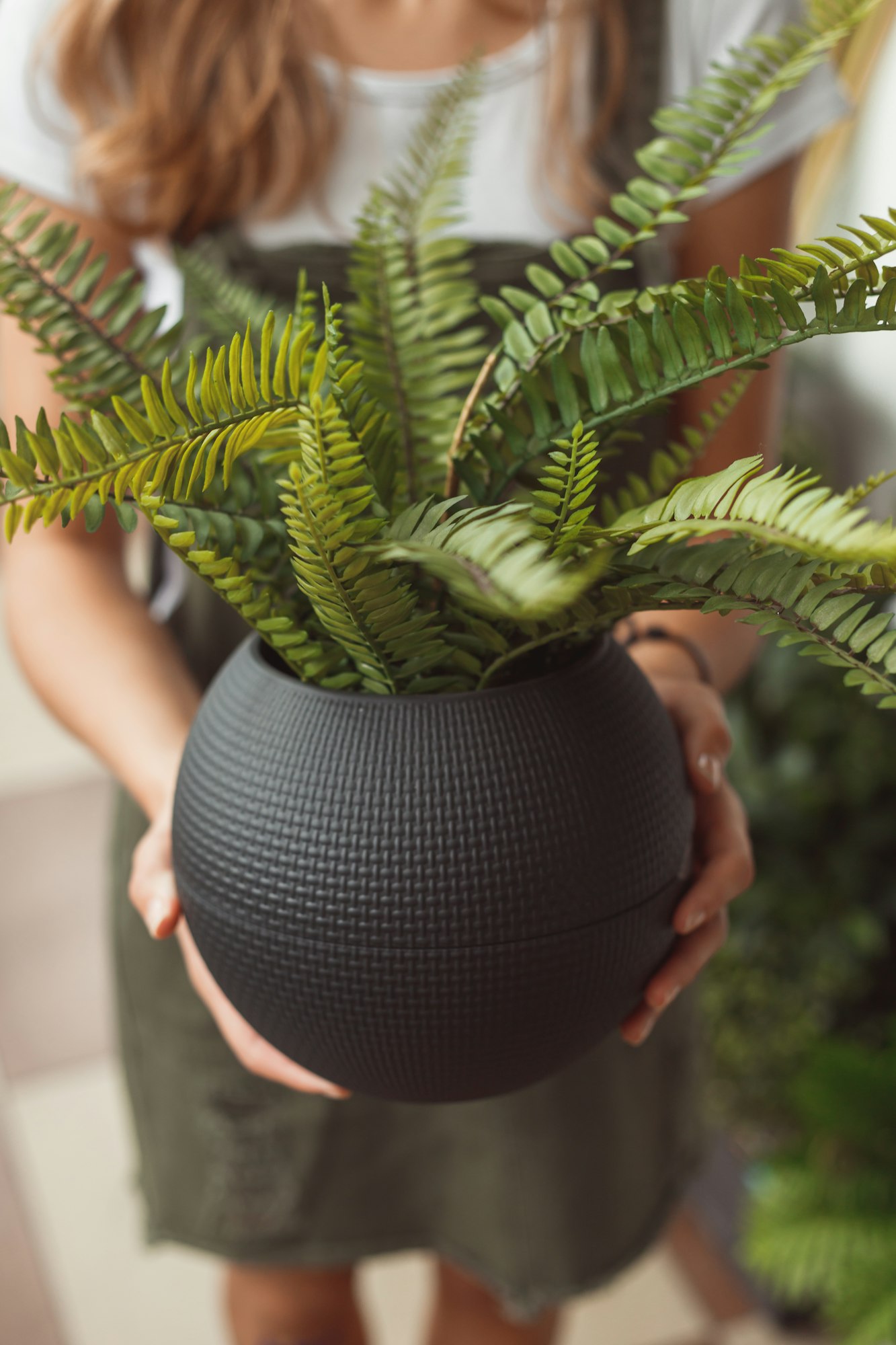
Boston ferns thrive in humid conditions and indirect light. They prefer consistently moist soil and regular misting. This fern is excellent at removing pollutants like formaldehyde and xylene from indoor air.
6. Rubber Plant (Ficus elastic)
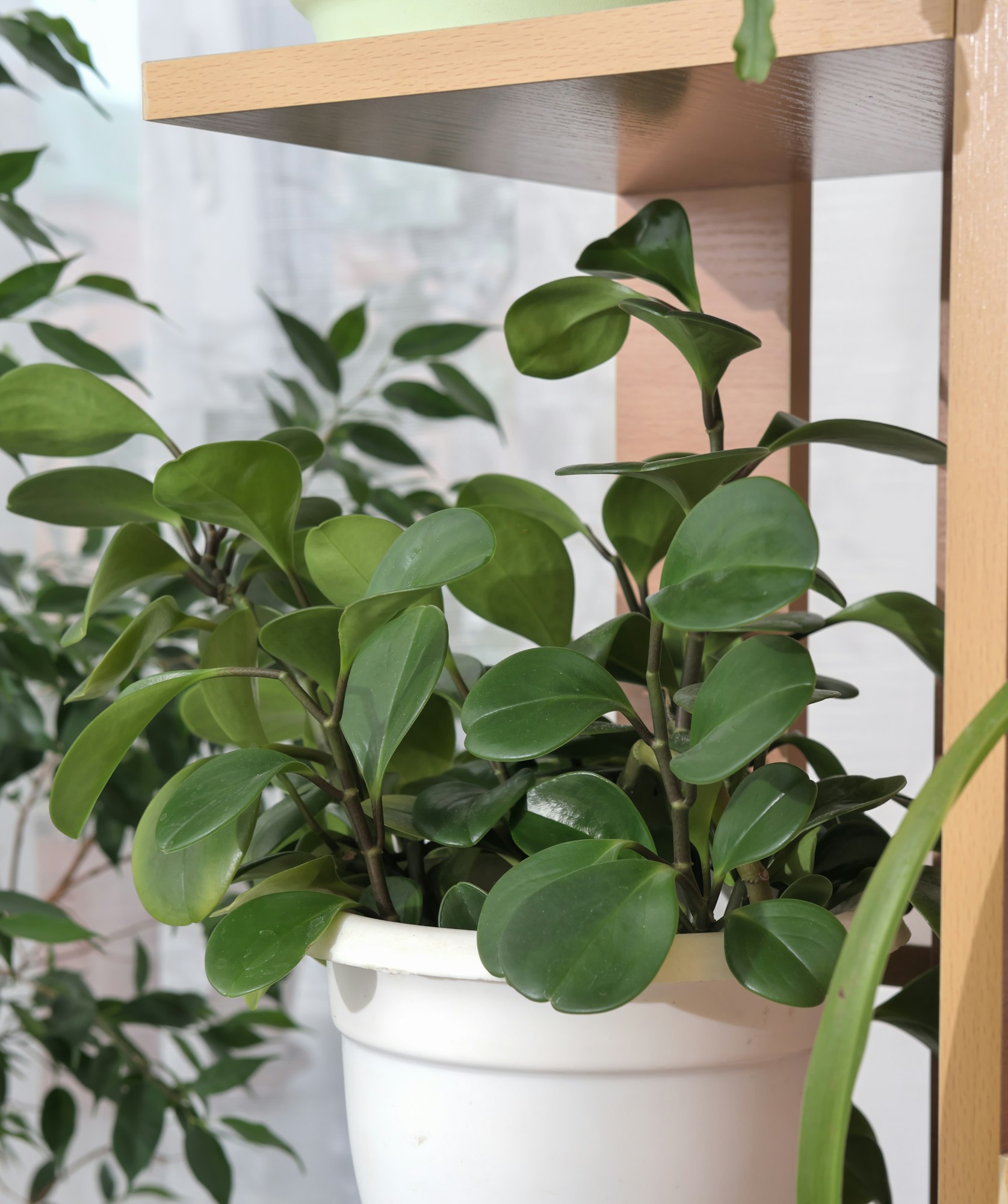
Rubber plants require indirect, bright light and minimal water, allowing the soil to dry out between waterings. They’re fast growers and can become quite large. Rubber plants are effective at cleansing the air of formaldehyde, carbon monoxide, and other toxins.
7. Bamboo Palm (Chamaedorea seifrizii)
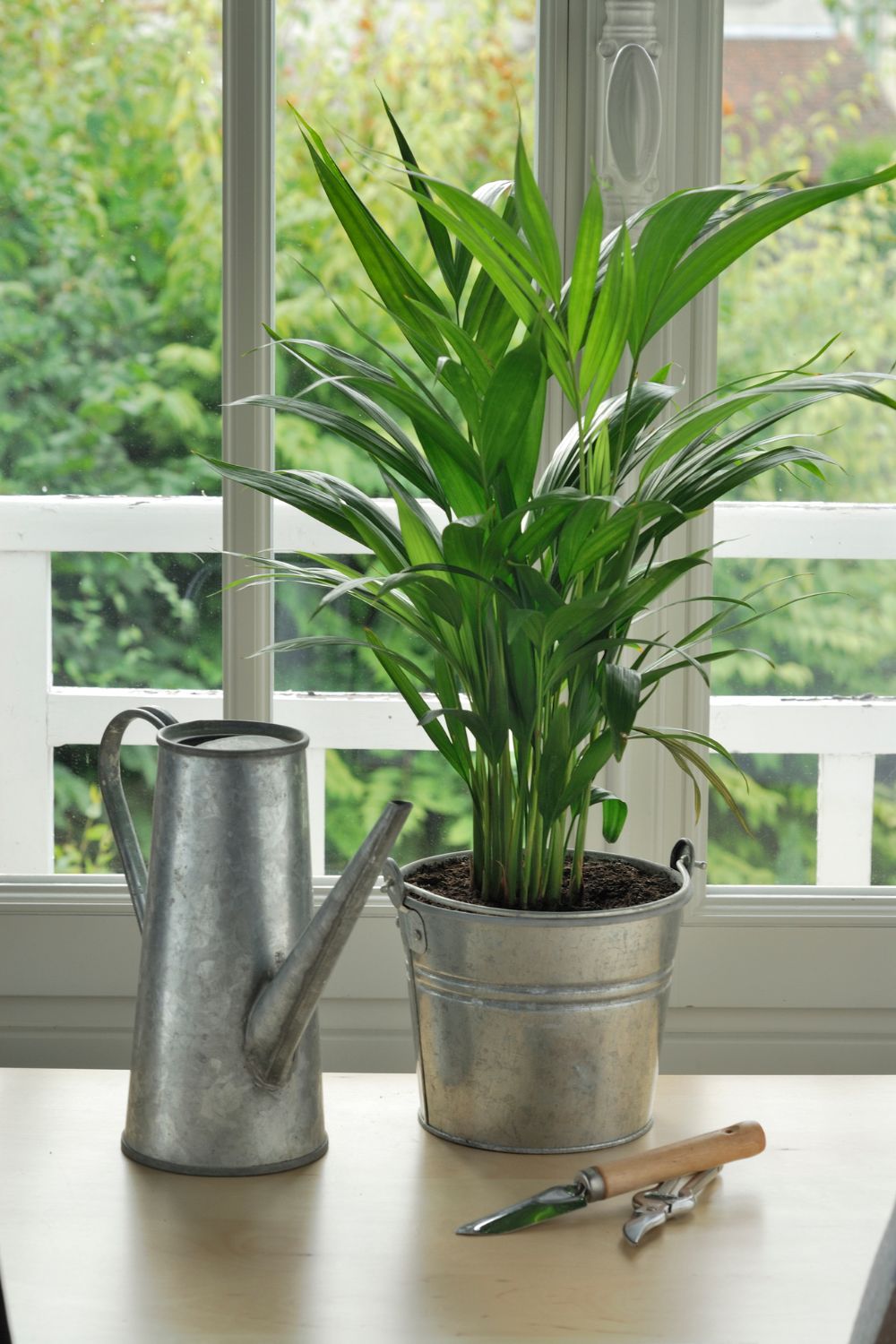
Bamboo palms prefer bright, filtered light and a humid environment. Keep the soil consistently moist for optimal growth. It’s known for filtering out benzene, trichloroethylene, and formaldehyde from the air, making it a great addition to any room.
8. Dragon Tree (Dracaena)
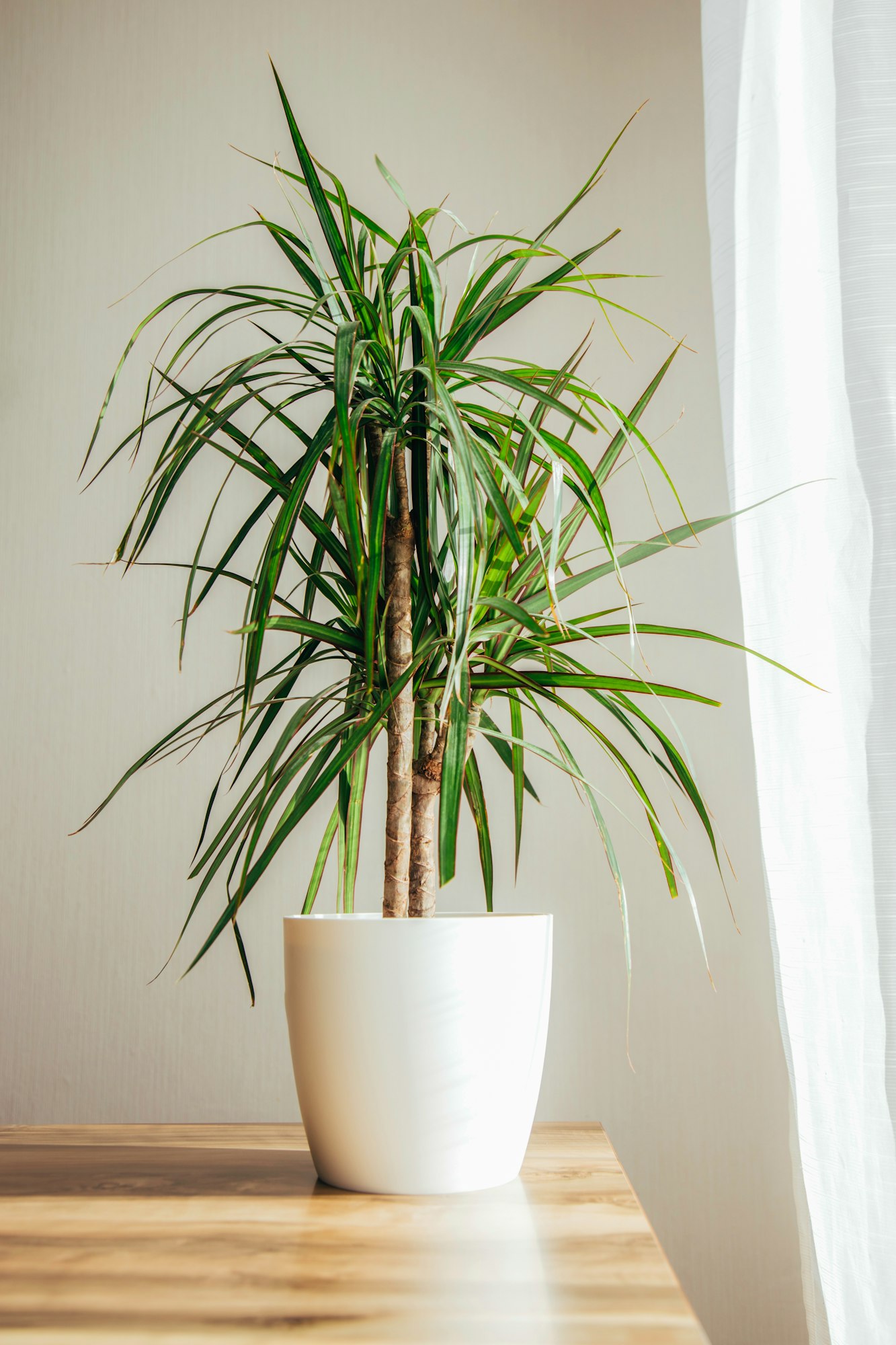
Dracaenas prefer moderate to bright indirect light and need their soil to dry out between watering. They’re adaptable and resilient, perfect for indoor environments. Effective at removing xylene, trichloroethylene, and formaldehyde from indoor air.
9. English Ivy (Hedera helix)
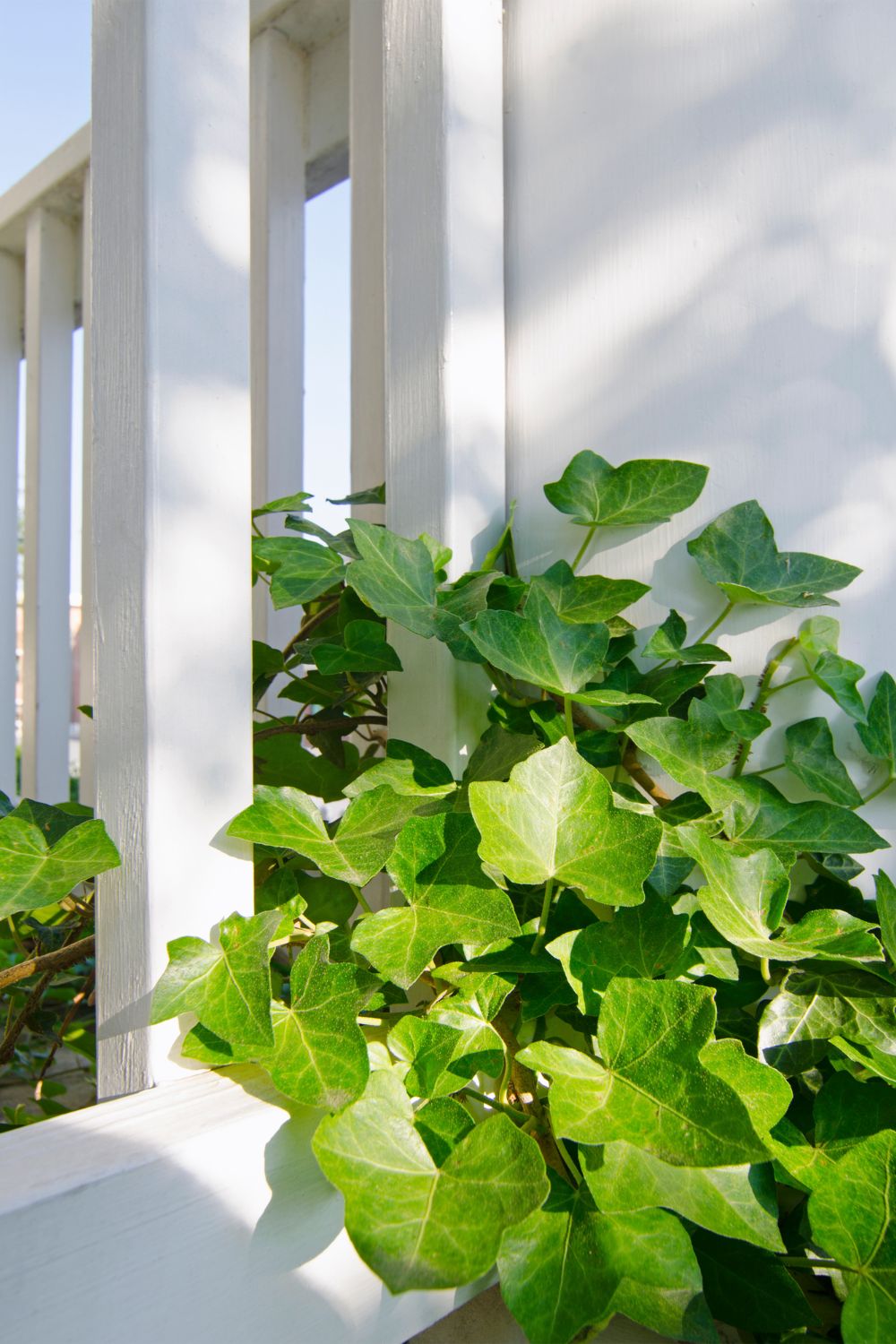
English ivy thrives in moist soil and can grow in low to bright indirect light, making it versatile for indoor cultivation. It’s particularly good at absorbing formaldehyde, making it a great plant for improving indoor air quality.
Get Gardening For Beginners
Our new EBOOK shows newcomers and green thumbs alike a step by step guide to growing the garden of their dreams.
10. Chinese Evergreen (Aglaonema)
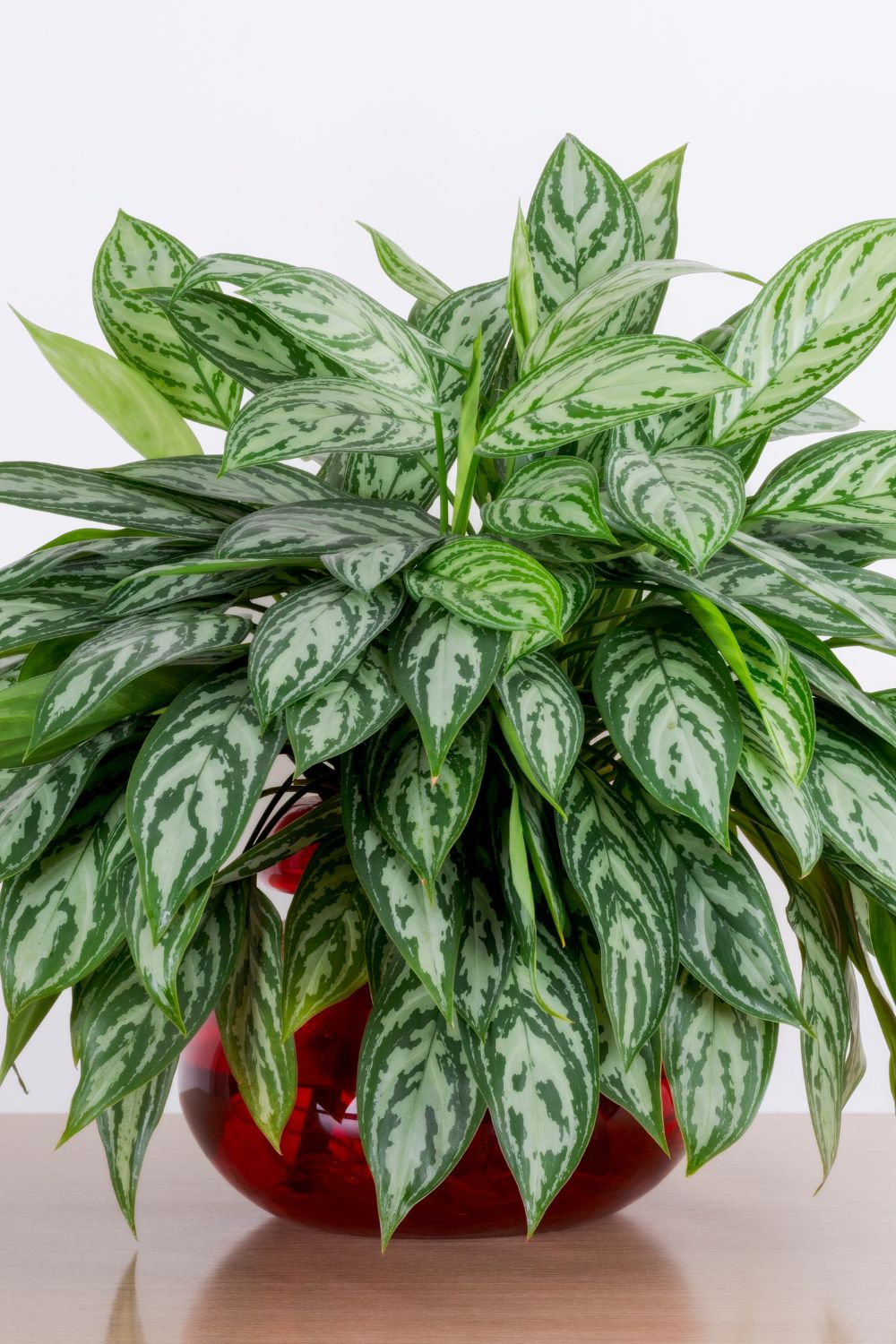
Chinese evergreens prefer low, indirect light and can tolerate poor light conditions. Keep the soil lightly moist. This plant helps remove benzene and formaldehyde from the environment, which can be emitted from certain furniture and household products.
11. Gerbera Daisy (Gerbera jamesonii)
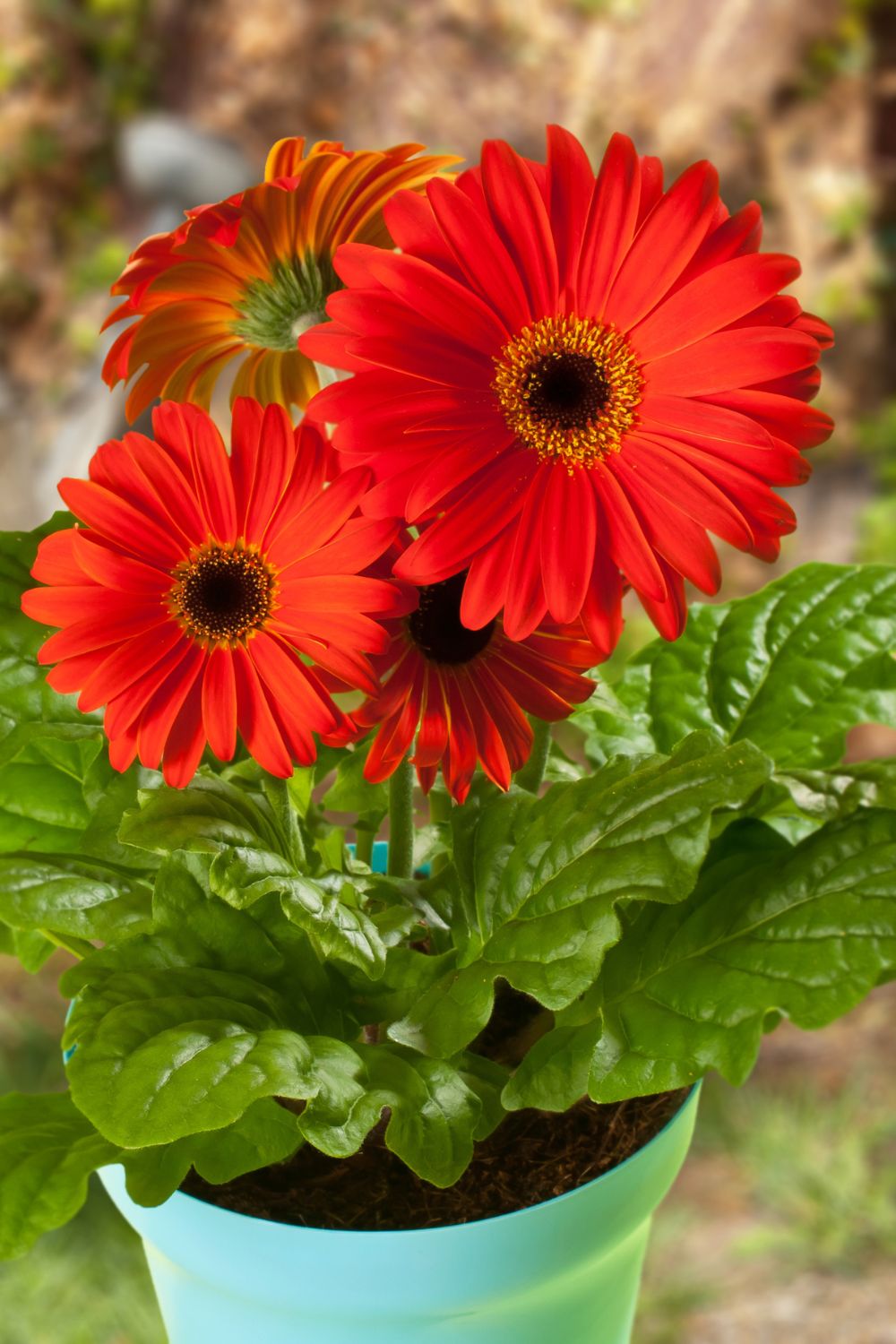
Gerbera daisies need a lot of light to bloom, so place them near a window where they can get plenty of direct sunlight. They prefer well-draining soil and regular watering, ensuring the soil is moist but not soggy. Known for removing trichloroethylene (commonly found in dry cleaning) and benzene, they’re not just beautiful but also highly effective at purifying the air.
12. Pot Mum (Chrysanthemum morifolium)
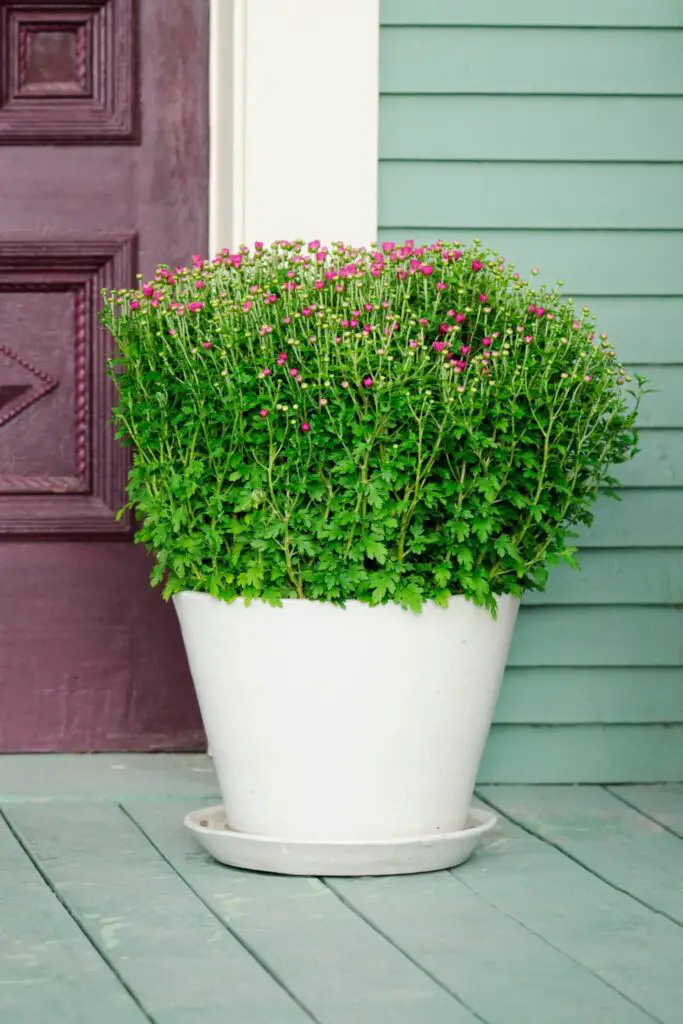
Pot mums flourish in bright, indirect sunlight and require well-drained soil. Keep the soil consistently moist and provide good air circulation around the plant. This plant is excellent at filtering out benzene, a common toxin found in glue, paint, plastics, and detergent.
13. Areca Palm (Dypsis lutescens)
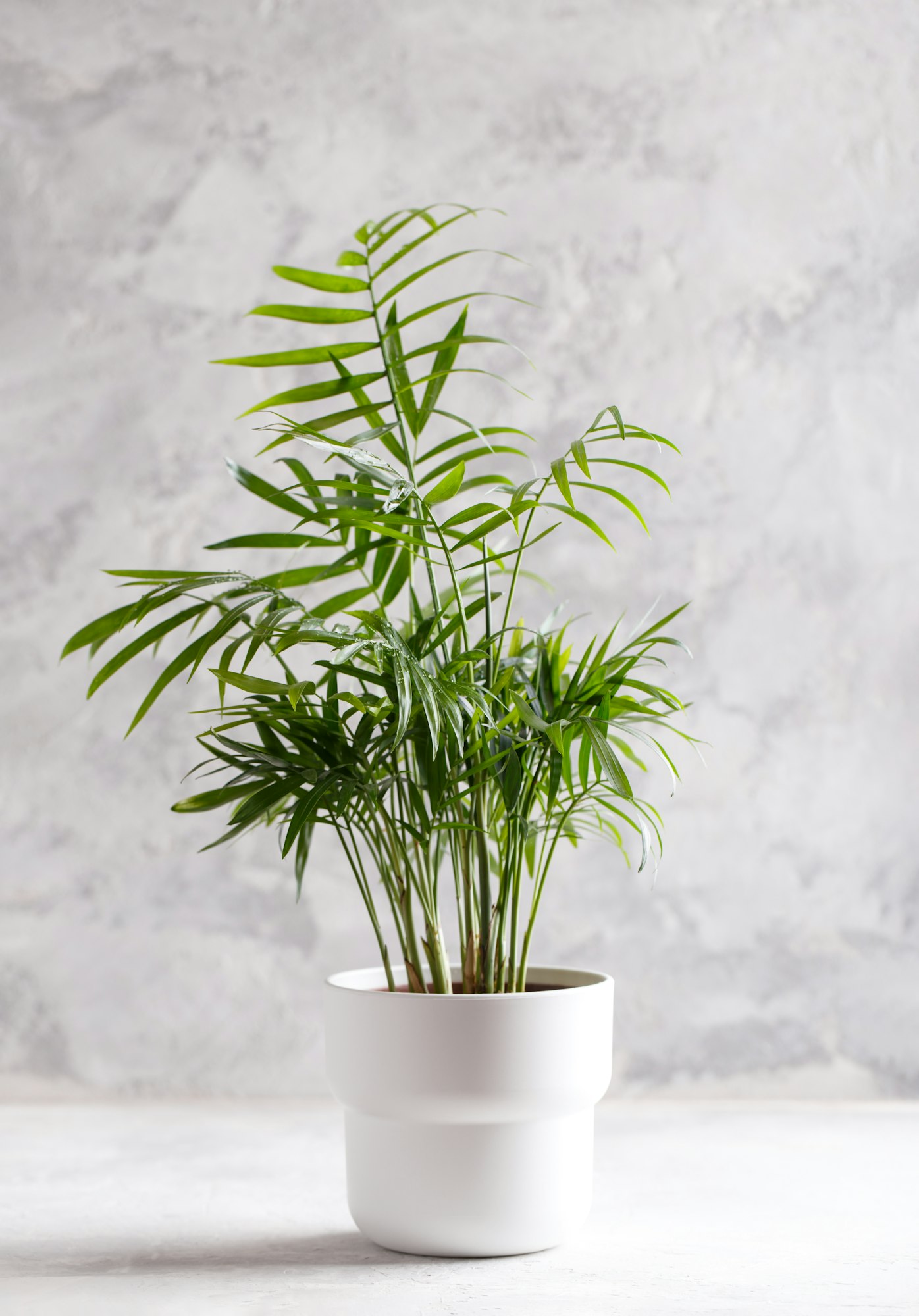
Areca palms prefer bright, indirect light and can tolerate some direct sun. They like well-drained soil and need to be watered often enough to keep the soil lightly moist. It’s one of the best plants for absorbing indoor air toxins, including benzene, formaldehyde, and trichloroethylene.
14. Philodendron
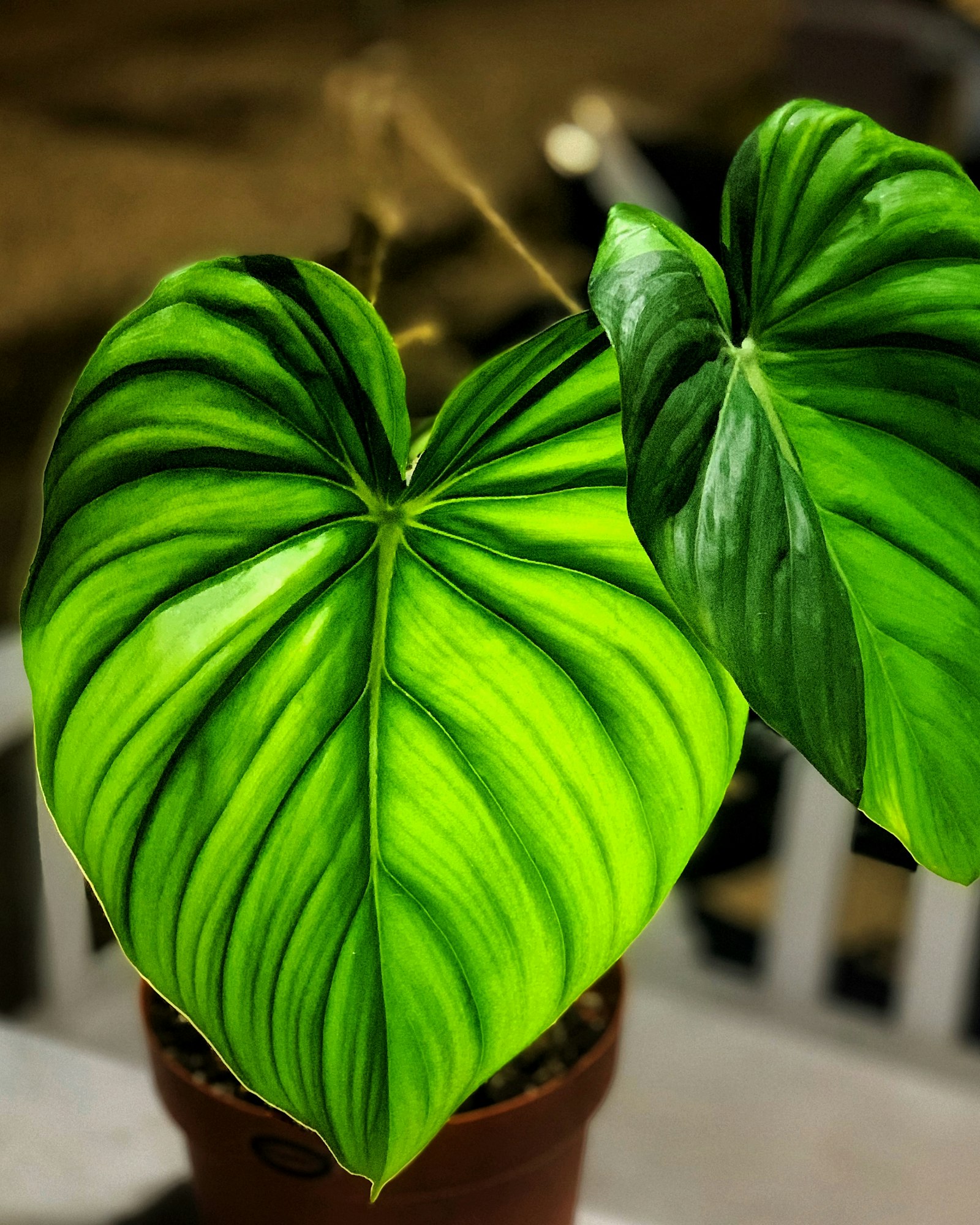
Philodendrons thrive in medium to bright indirect light but can adapt to low light. They prefer well-draining soil and like to dry out slightly between waterings. Philodendrons are adept at absorbing formaldehyde, making them a great choice for improving indoor air quality.
15. Pothos (Epipremnum aureum)
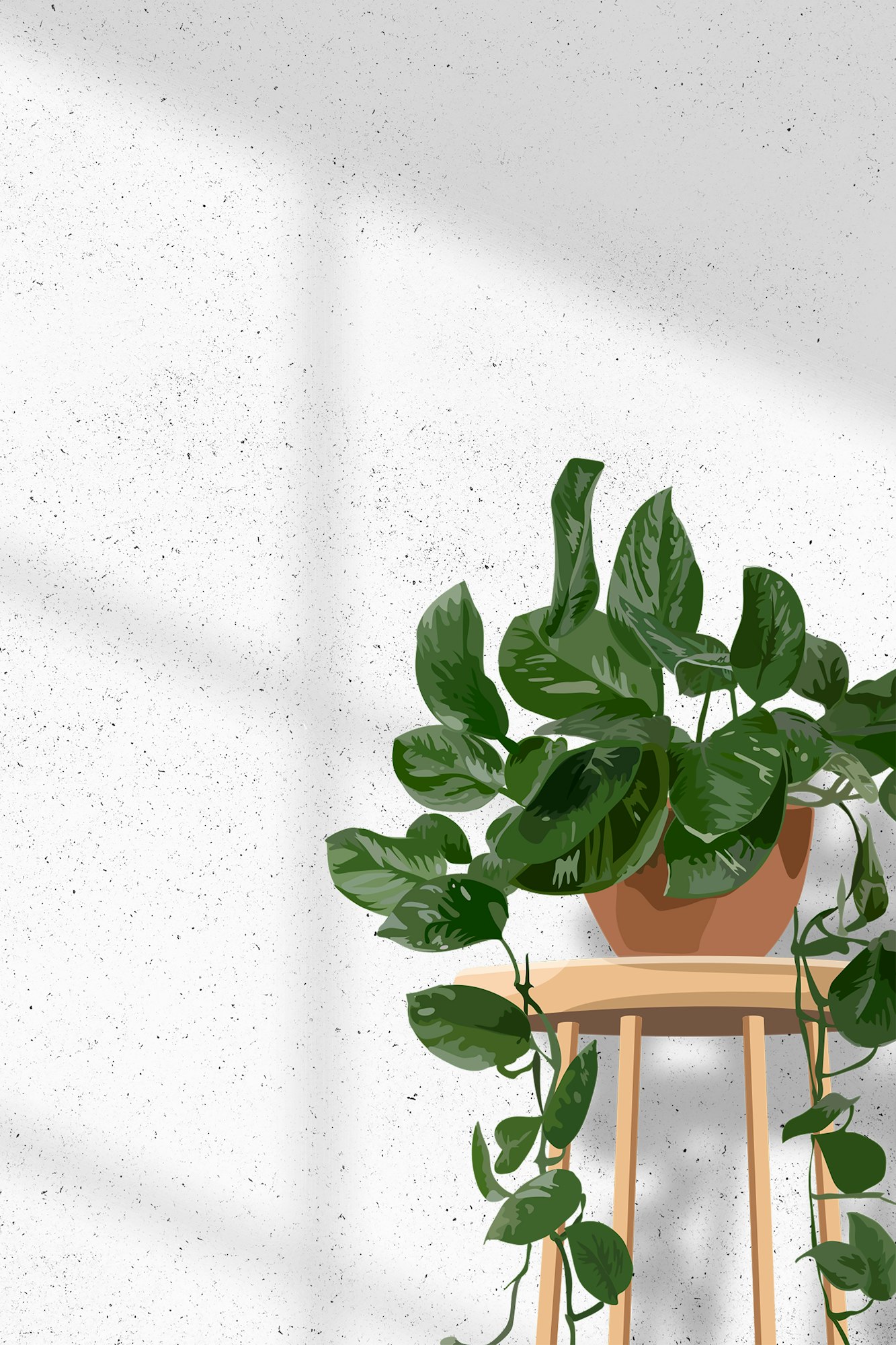
Pothos is extremely easy to care for, thriving in low to high light and requiring water only when the soil feels dry. It’s an ideal plant for beginners. Pothos are effective at removing toxins such as benzene, formaldehyde, xylene, and toluene from the air.
16. ZZ Plant (Zamioculcas zamiifolia)
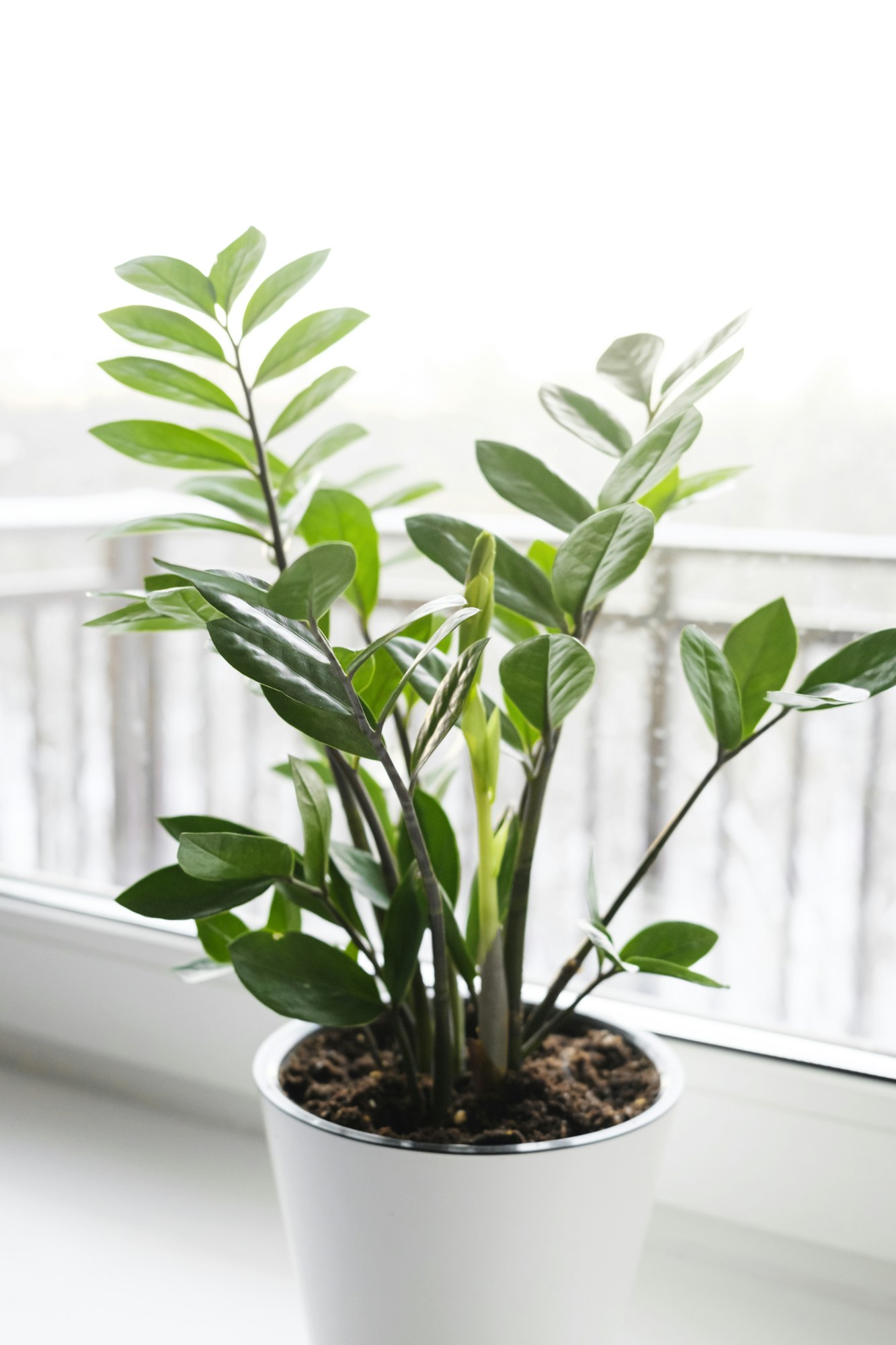
ZZ plants are drought-tolerant and require minimal watering. They do well in low to bright indirect light, making them perfect for office spaces or low-light homes. This plant helps remove xylene, toluene, and benzene from indoor air.
17. Fiddle Leaf Fig (Ficus lyrata)
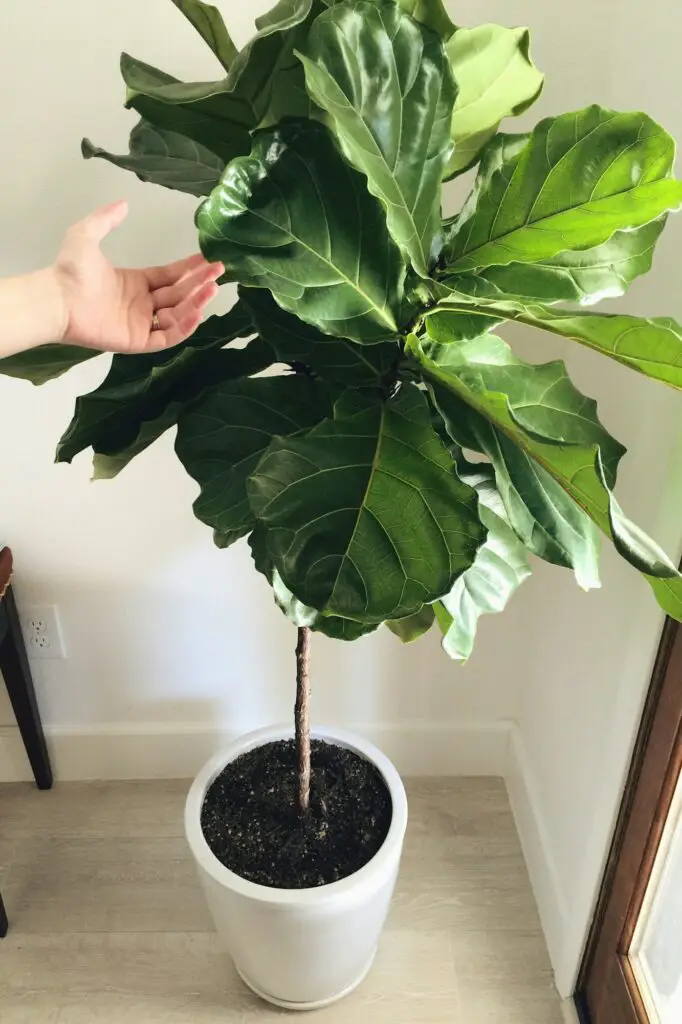
Fiddle leaf figs need bright, indirect light and prefer to stay in the same location where they can get consistent light. Water when the top inch of soil becomes dry. While it’s more known for its large, decorative leaves, it also helps clean the air of formaldehyde.
18. Kimberly Queen Fern (Nephrolepis obliterate)
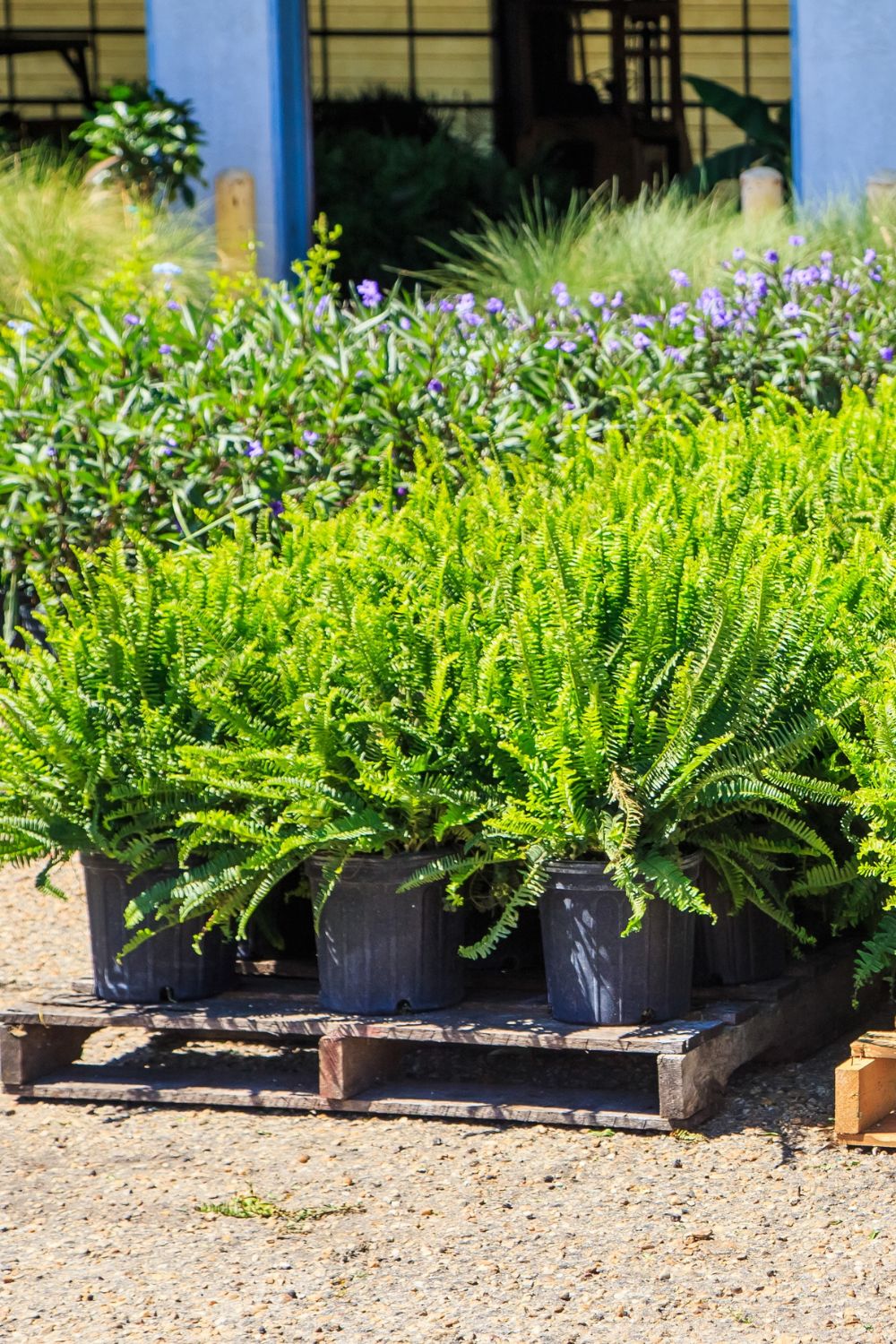
This fern prefers bright, indirect light and high humidity. Keep the soil consistently moist, and mist the leaves regularly to maintain humidity. It’s effective at removing air pollutants, particularly formaldehyde and alcohols, from indoor environments.
19. Lady Palm (Rhapis excelsa)
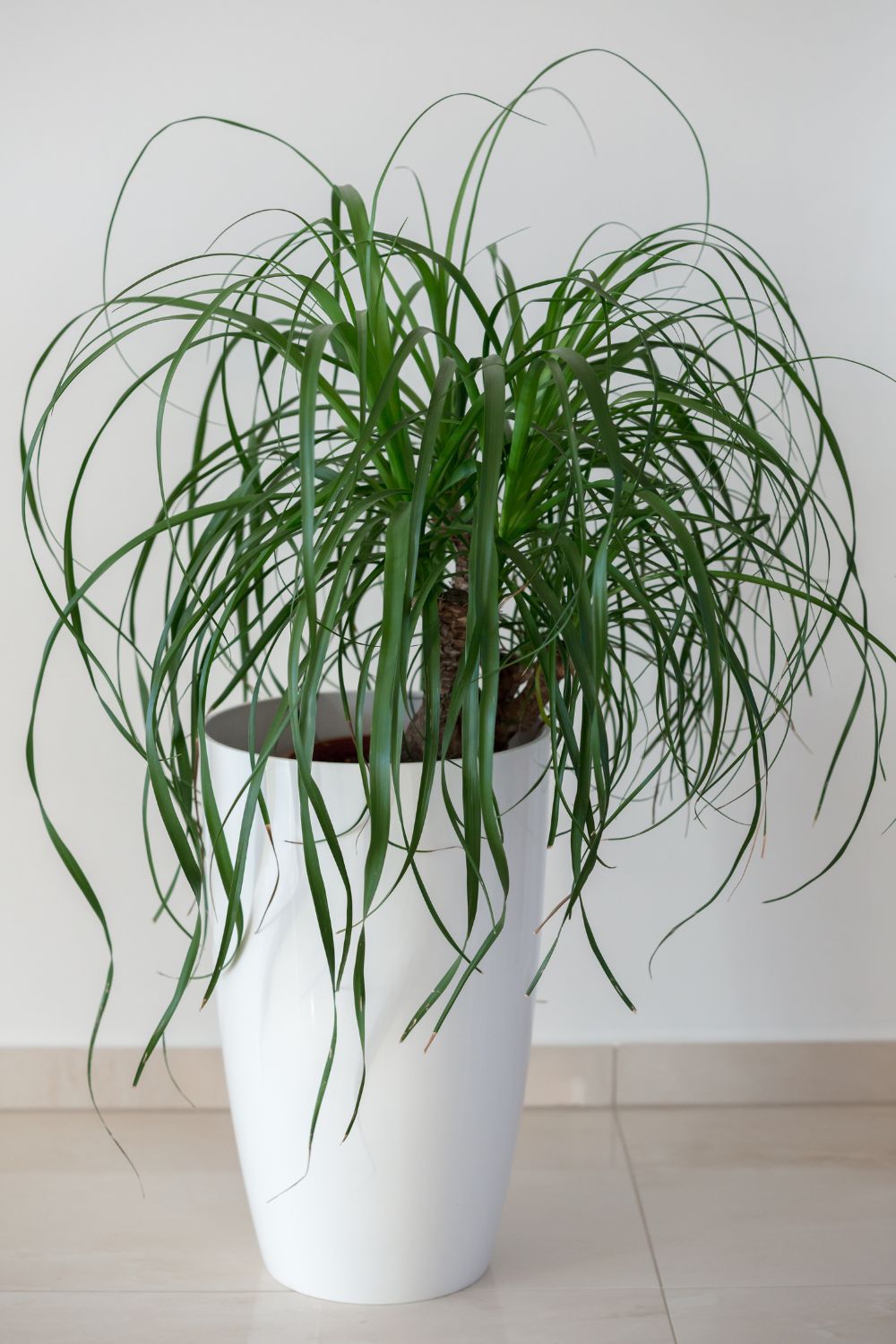
Lady palms require indirect light and can thrive in both dry and humid conditions. They prefer well-draining soil and need water when the top inch of soil is dry. Known for its ability to improve indoor air quality by filtering out ammonia, benzene, formaldehyde, and other toxins.
20. Janet Craig (Dracaena deremensis)

Janet Craig plants do well in low-light conditions and require minimal care. They prefer their soil to dry out slightly between waterings. This dracaena species is particularly good at removing trichloroethylene and formaldehyde from the air.
21. Corn Plant (Dracaena fragrant)
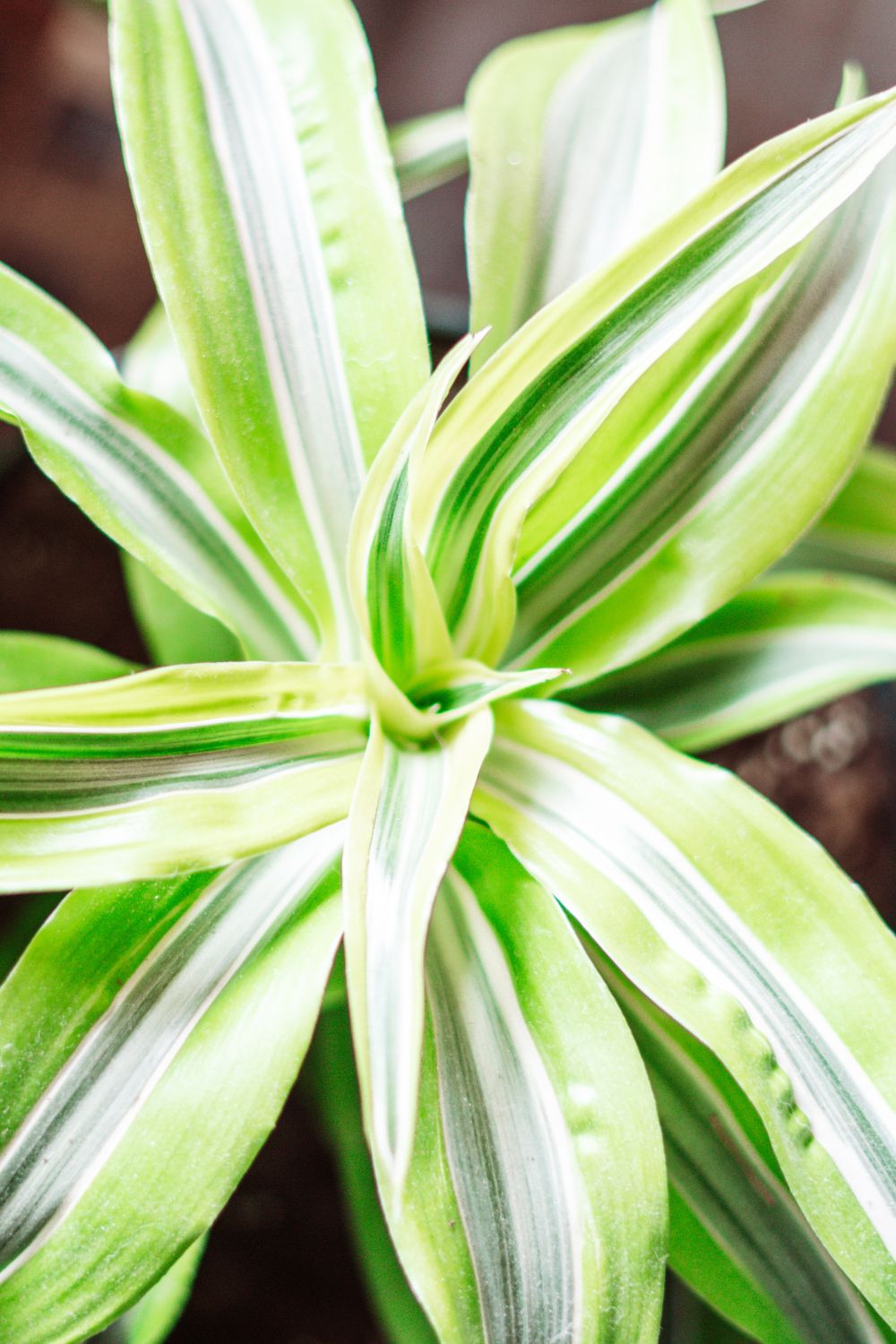
Corn plants prefer moderate to bright indirect light and can tolerate lower light levels. Water them when the top inch of soil feels dry. Effective at filtering out formaldehyde, benzene, and trichloroethylene from indoor air.
22. Golden Pothos (Epipremnum aureum)

Similar to the standard pothos, it thrives in a wide range of light conditions and needs watering when the soil dries out. Known for its efficiency in removing air toxins such as benzene, formaldehyde, xylene, and toluene.
23. Weeping Fig (Ficus benjamin)
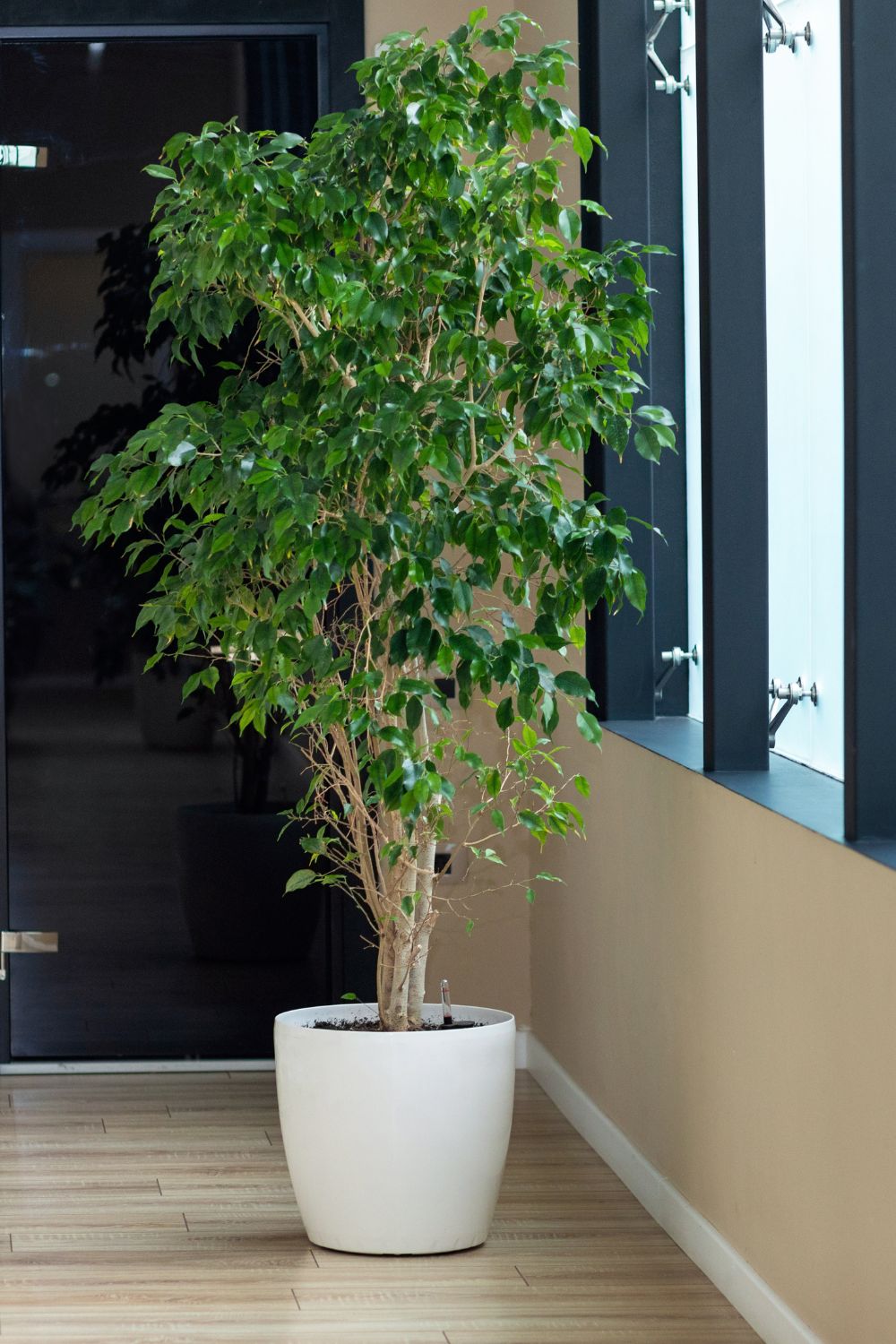
Weeping figs need bright, indirect light and can be a bit finicky about their care, disliking changes in their environment. They prefer regular watering but allow the soil to dry out slightly between.
Air-purifying qualities: This plant helps purify the air of formaldehyde, xylene, and toluene.
24. Warneck Dracaena (Dracaena deremensis ‘Warneckii’)
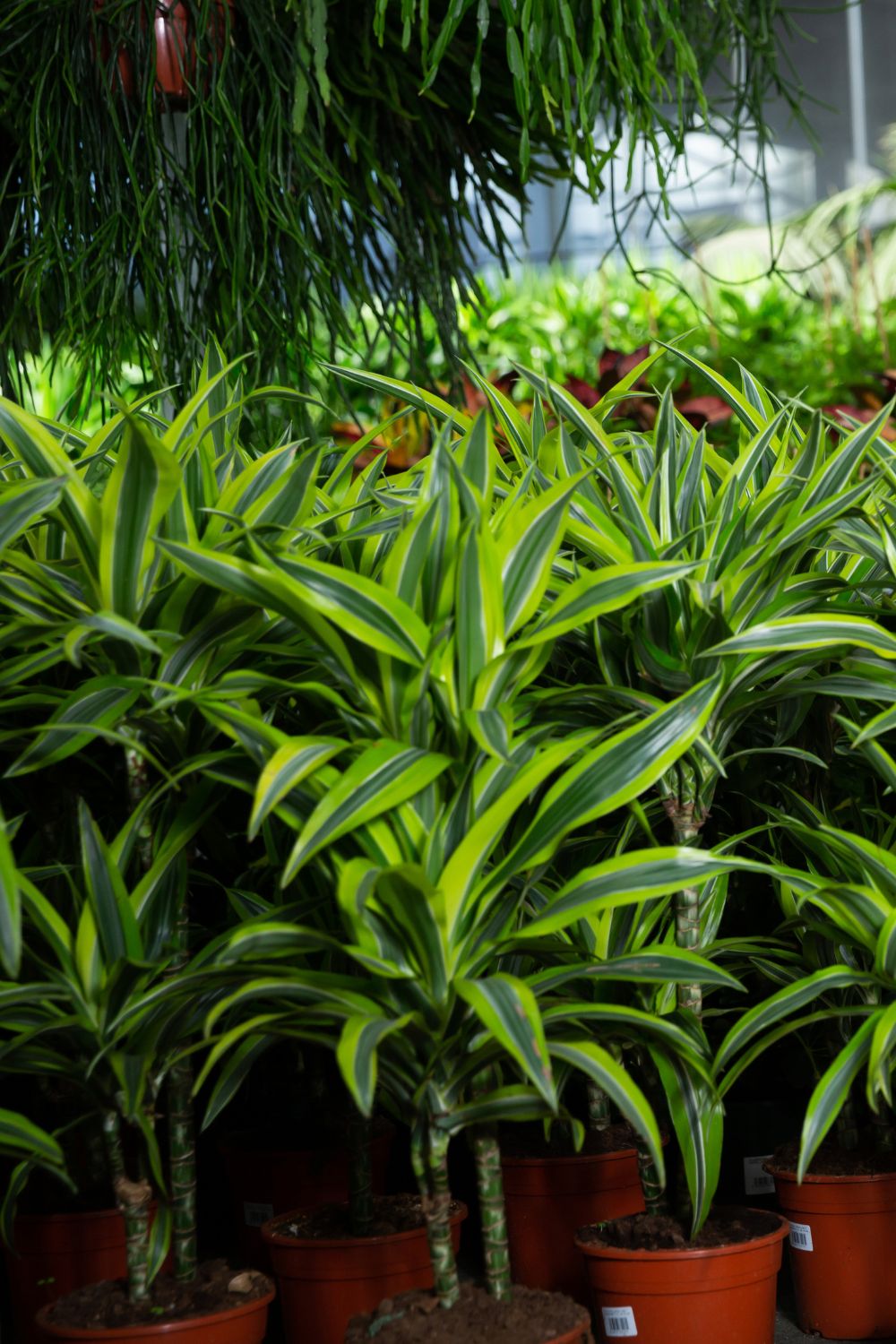
Prefers medium to bright indirect light but can tolerate low light. Let the top soil dry out before watering again. Known for removing pollutants such as benzene, formaldehyde, trichloroethylene, and xylene from the air.
25. Bird’s Nest Fern (Asplenium nidus)
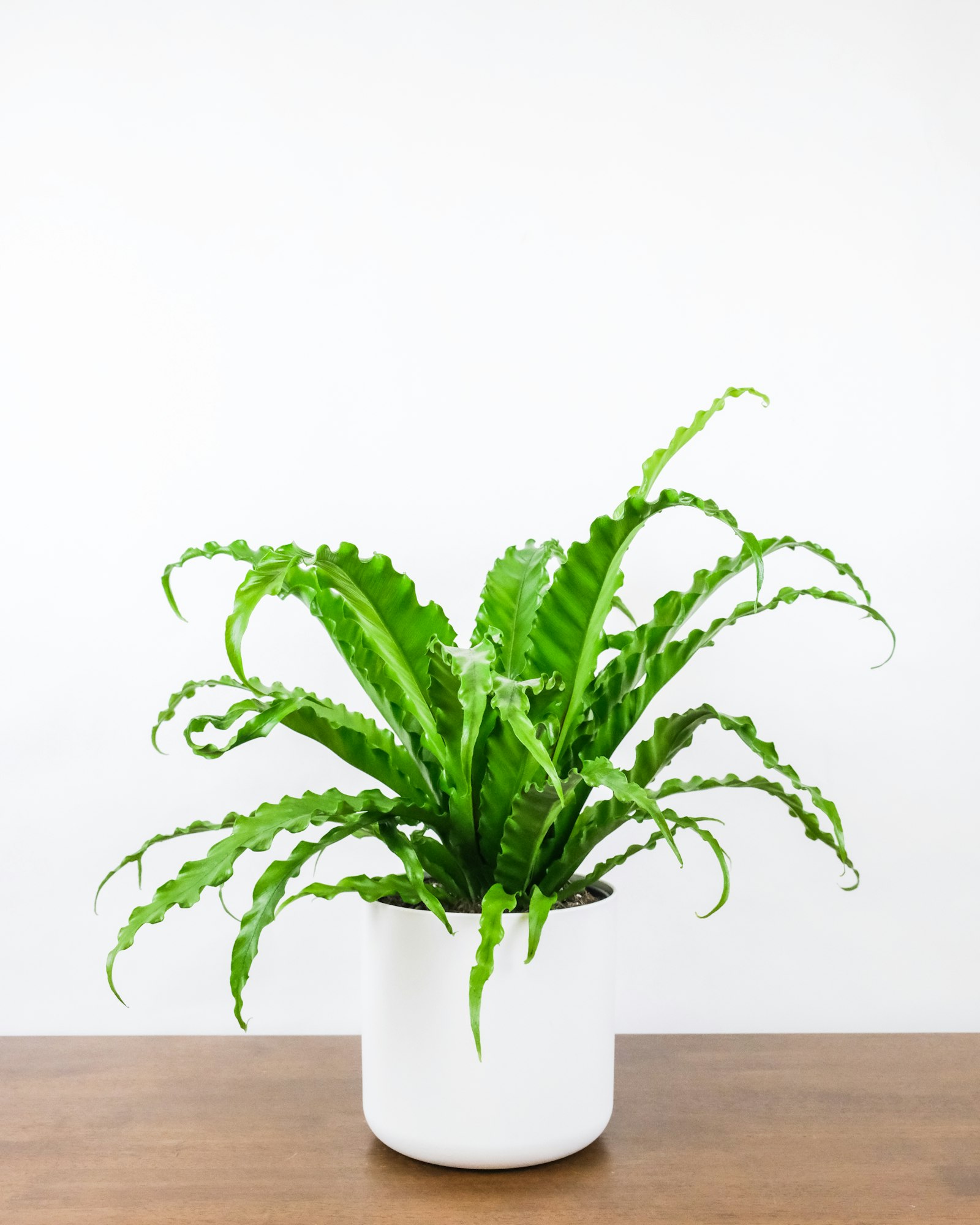
This fern thrives in medium to bright indirect light and high humidity. Keep the soil consistently moist and provide good air circulation. While not as extensively studied as some other plants, it contributes to removing common indoor air pollutants.










